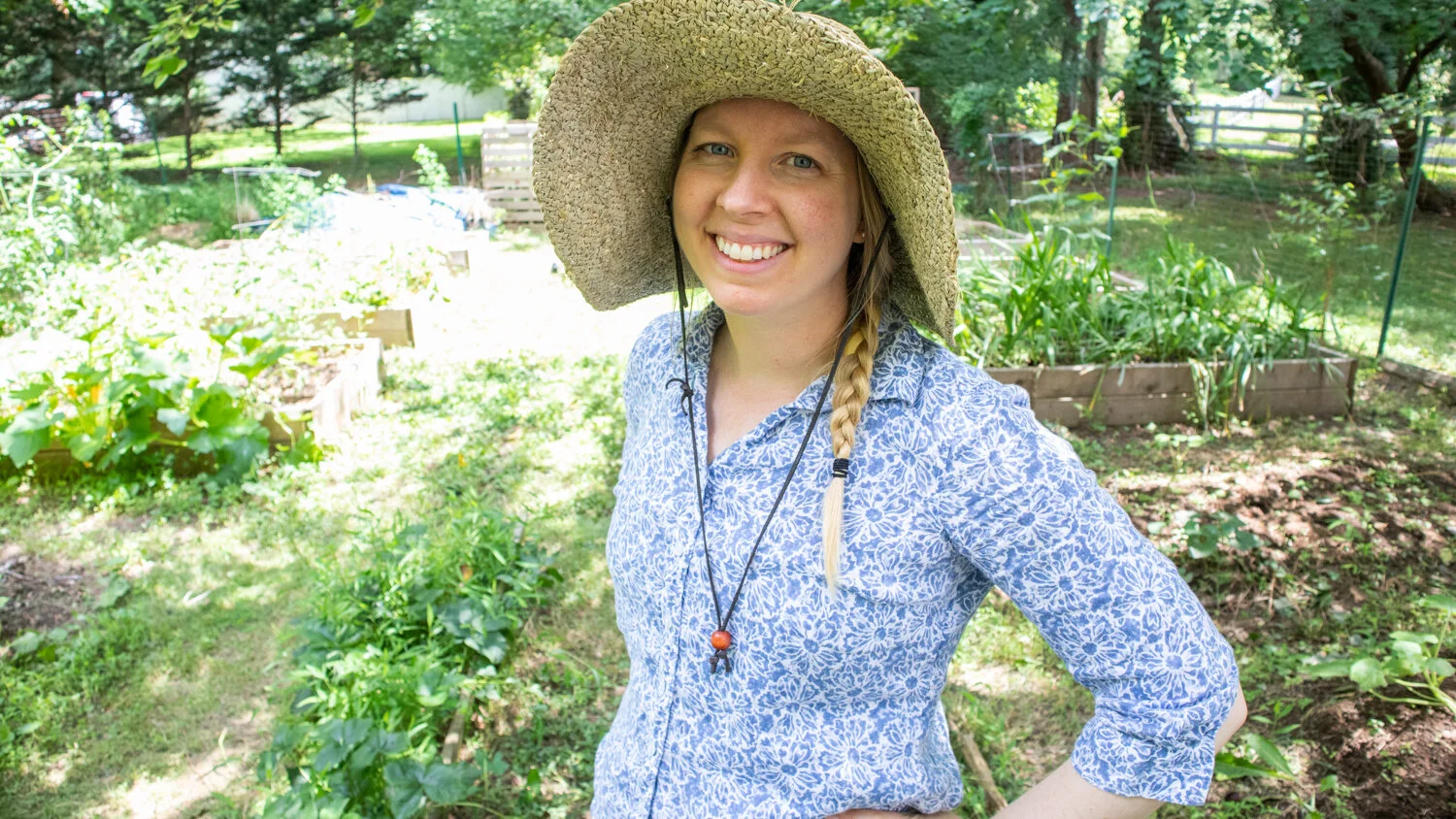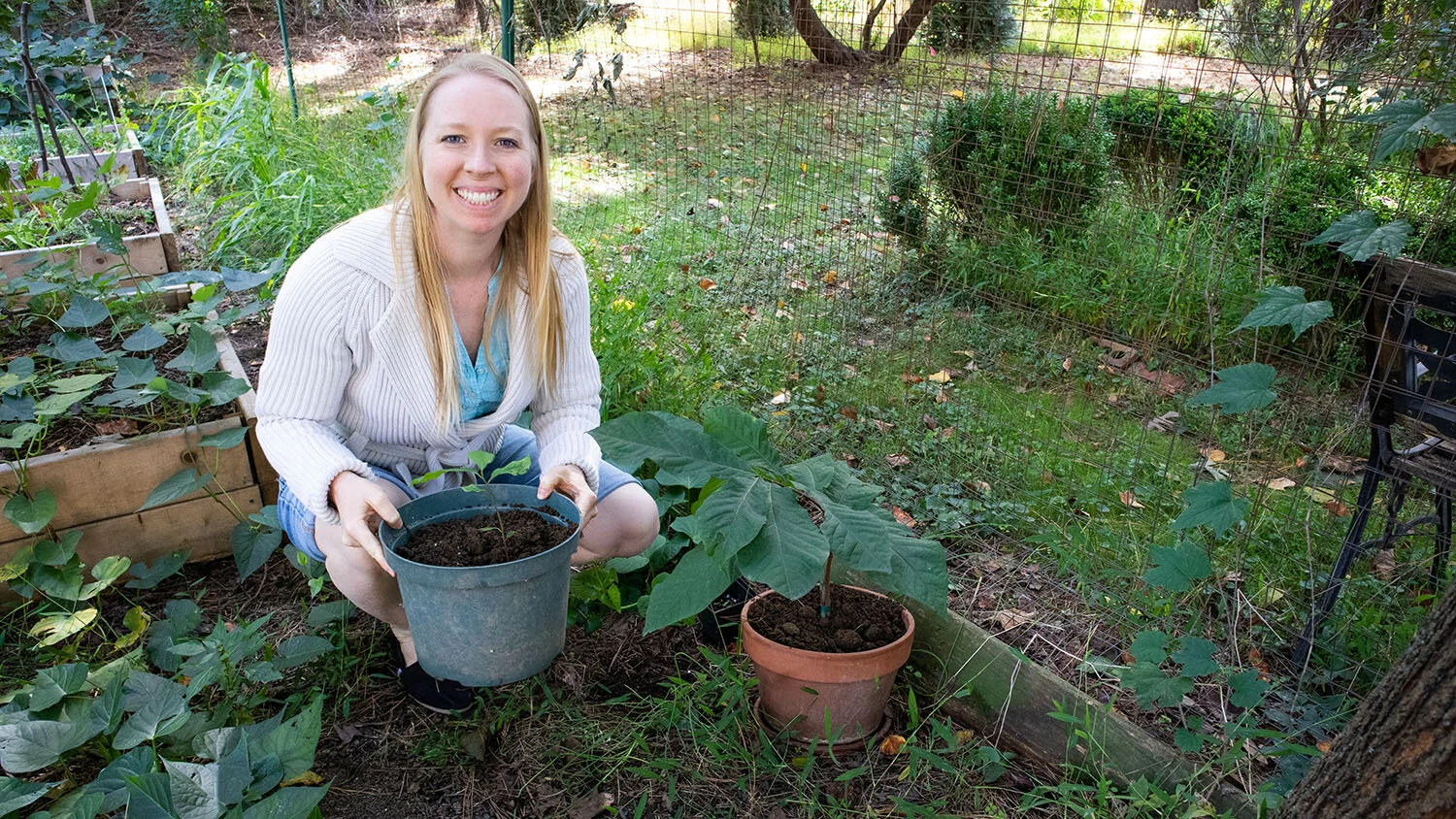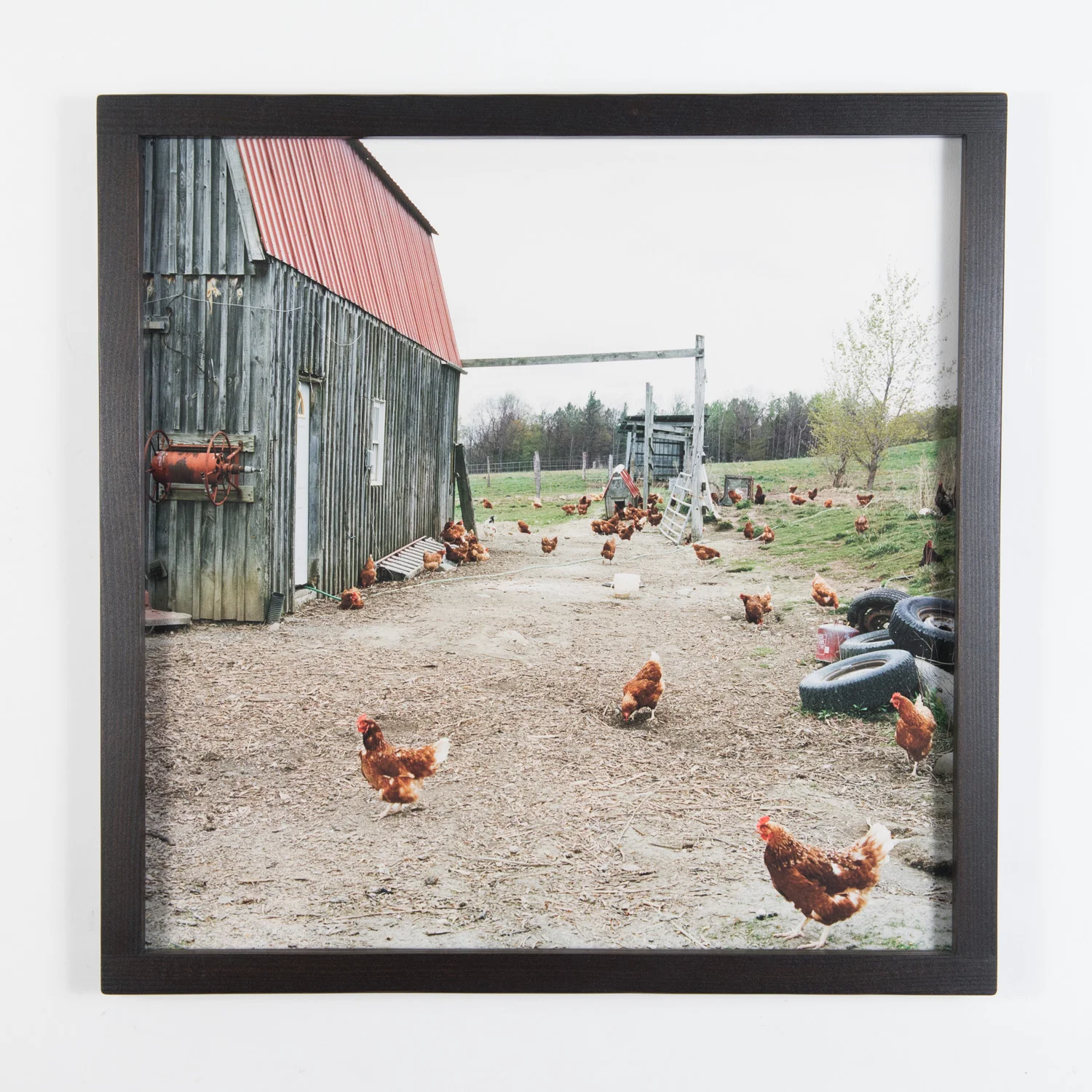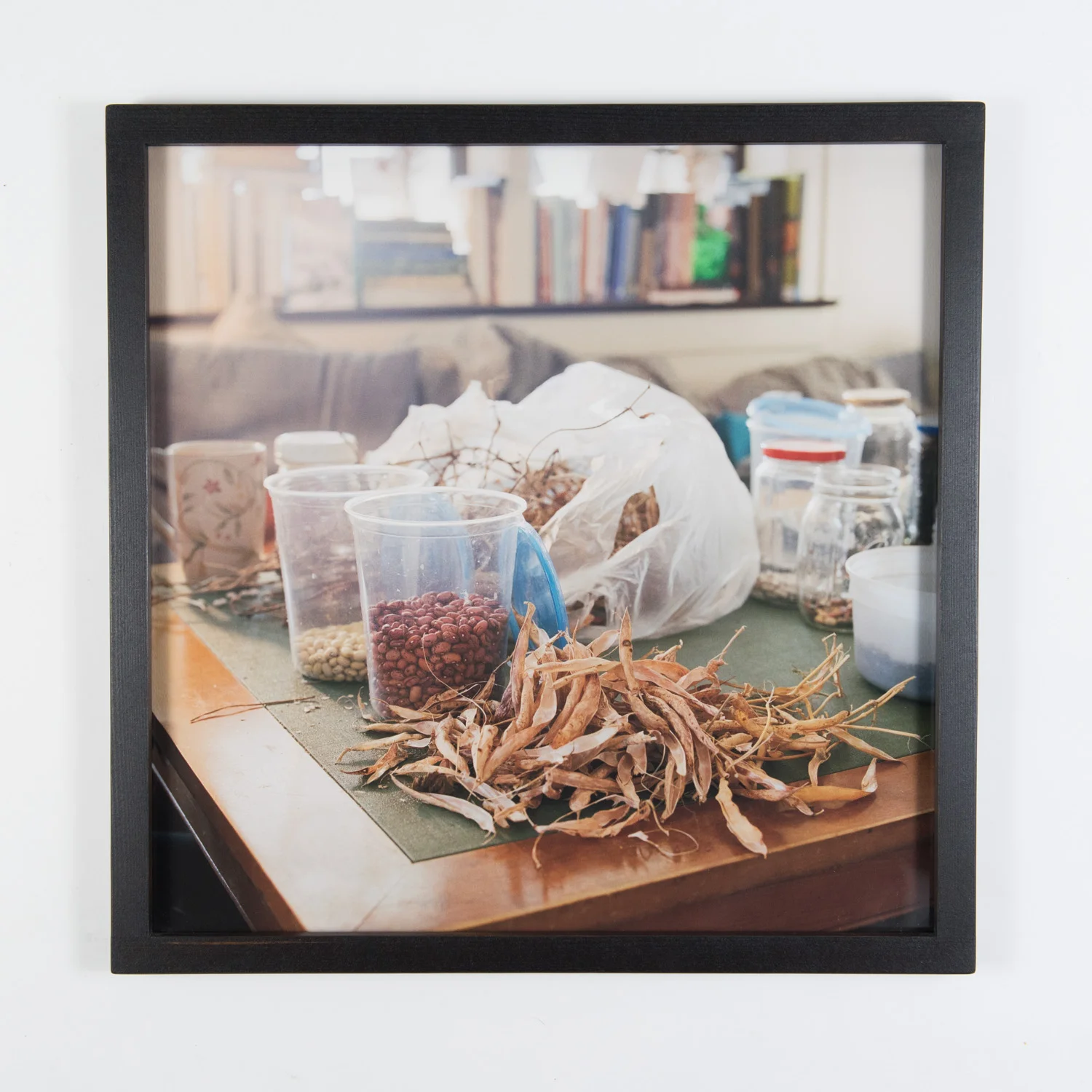The Pawpaw Tree
Disclaimer: This post contains affiliate links, through which we earn a commission.
Years ago, while out on a hike at a local park in Northern Virginia with my brother and his dog, we came across a green fruit that, having fallen off a tree, lay smushed on the path, exposing a mango-like yellow-orange flesh and a row of brown seeds. My brother knew it was a pawpaw, not to be confused with a papaya, and his dog was very intrigued. But until that moment, I was unaware of its existence. That was my first and only encounter with the fruit, until now. Since then, I've casually kept an eye out for the pawpaw while on hikes, with no luck. However, this past weekend, Wiehan and I were on a hike in the same park, and lo and behold, there were freshly fallen pawpaws on the path! It felt like discovering treasure! Midweek, we went to a different section of the park, and to my amazement, there were tons of pawpaw trees all around! Check out my video about the pawpaw here!
In the years since my introduction to the pawpaw, I've learned more about the fruit. A native to the U.S., and in particular to the southeastern region of the country, the fruit is deeply rooted in American history. The tree thrives in a dense forest environment, near water sources, such as rivers and streams. The pawpaw, rich in nutrients, is a tropical fruit, with an incredibly fragrant aroma and a taste strongly resembling a mix of mango, banana and pineapple. Native Americans are said to have greatly valued the fruit, while also using other parts of the plant for medicinal or functional purposes. It is also said to have been very popular with George Washington and Thomas Jefferson. Several towns in the U.S. are named after the tree, such as Paw Paw, West Virginia, a town along the C&O Canal notable for its Paw Paw Tunnel, which Wiehan and I visited in 2018. Deer avoid the tree, and the bark has naturally pest-repelling properties, so the plants are easy to grow organically. The tree is not self-pollinating and instead must be cross-pollinated, usually by flies and beetles, from a tree with differing genetics.
And aside from all those fun facts, maybe you've heard the old folk song about the paw paw patch?
It seems strange that though the tree grows so well and produces fruits so abundantly in its homeland, many Americans don't know about it. This is mostly due to the fact that the fruit ripens and then quickly goes off within 2-3 days. It also bruises easily, making it all but impossible for shipment to grocery stores around the country. Because of this, the fruit has been listed on the Slow Food Ark of Taste, a catalog of foods holding cultural significance from around the globe that are facing extinction.
If you live within the continental U.S. and are keen to try the fruit, check out the website Earth and be sure to order them during the harvest season of September to October. Depending on where you live, the fruit may be available at farmers markets during the later summer / early autumn months as well. Keep in mind that the seeds can be poisonous and the skin is not nice to eat. And as with trying any new food, use caution, by first trying a small amount to make sure you don’t have any unpleasant reactions. Enjoy sparingly, as too much pawpaw consumption can act as a laxative and cause digestive discomfort.
Purchasing the fruit is a great way to obtain seeds, to be able to plant your own trees. However, it's important to note that the seeds need specific planting conditions in order to thrive. This is the process involved: Remove all pulp from the seeds and put in a sandwich-sized resealable plastic bag, with a handful of moist coconut coir. Label the bag with the date and the contents and place in the refrigerator. Check on the bag periodically to make sure the contents are damp at all times. The seeds should germinate in approximately 4 months, when they will then be ready to be placed gently atop a pot full of potting soil. Because the seedlings grow naturally in a dense forest, it is important to simulate this environment by placing the pot in a shaded area, rather than in direct sunlight.
To speed up the process, you can purchase trees. I considered this option earlier this year, but was deterred when I learned that I'd need to purchase at least 2 or 3 trees to get pollination going. And the delivery fee is understandably pretty steep. But if you are interested in purchasing trees for yourself, I'd recommend checking out the website Peterson Pawpaws, for a list of nurseries around the country, and even internationally in Europe and Japan. Edible Landscaping, between Staunton and Charlottesville, Virginia, is the closest to my home. I have ordered asparagus and strawberry plants from them in the past and their quality is top-notch.
If you decide to go the route of searching for the trees in your hometown, there are a few factors to keep in mind. First, make sure that you are aware of the legality of foraging for wild plants. Many parks have restrictions against this practice. Second, make sure that you are more than 100% certain that you have identified the plant correctly. Check with a field guide or even ask a local expert at a park or botanical garden for assistance. It’s also important to avoid looking for wild food in areas that have been sprayed with chemicals like pesticides.
For those local to the Washington D.C. region, there are actually multiple pawpaw festivals in the autumn. Check out info on the annual Montgomery County festival here! And Ohio locals should note the Pawpaw Festival! If you’d like to learn more about the pawpaw, check out the books Pawpaw: In Search of America’s Forgotten Fruit, by Andrew Moore, and For the Love of PawPaws, by Michael Judd. Also in Maryland, Judd is hosts an annual Paw Paw Festival at his Long Creek Homestead in Frederick. If you were ever curious about the pawpaw, autumn is definitely the time to check them out!
Be sure to check out my latest video and blog post about pawpaws!
- Christin
Tell us! Have you ever tried a pawpaw? If so, what did you think?









